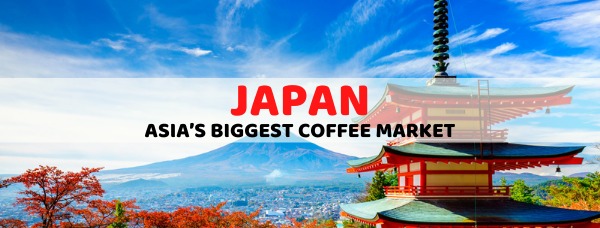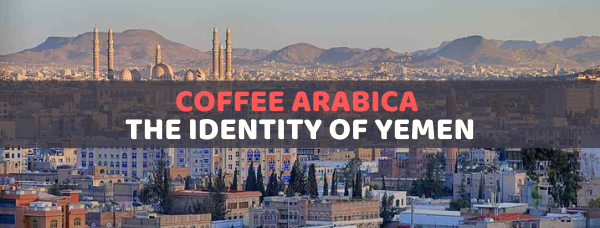Although Russia is among the largest coffee importing countries in Europe, the demand for Arabica has been growing steadily mainly due to the development of the Russian coffee industry as well as the reduction of import duties on green coffee imports after Russia joined the World Trade Organization in 2012. Imports of the Robusta variety are significantly higher than Arabica.
Russian Coffee Trade amid Pandemic Times










